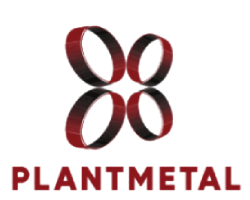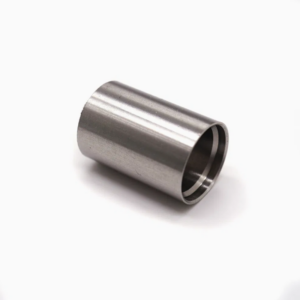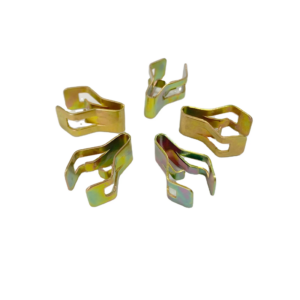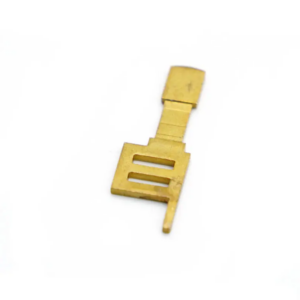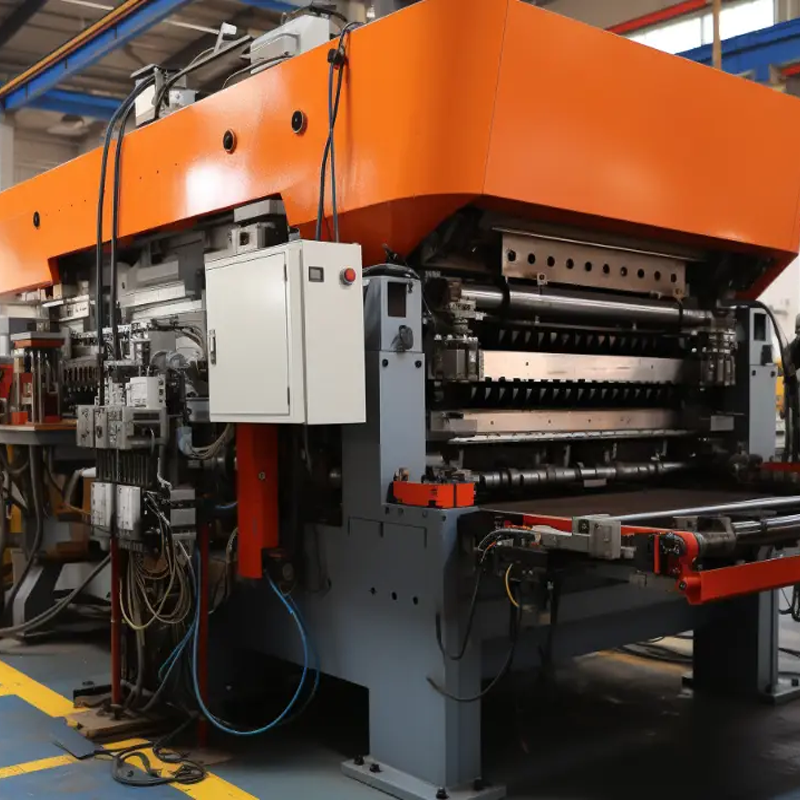When it comes to producing high-quality, precise metal components for various industries, sheet metal blanking stands out as a critical manufacturing process. At Plantmetal, we rely heavily on sheet metal blanking for creating precision parts that meet the rigorous demands of industries ranging from automotive to medical equipment manufacturing. In this blog, we’ll take a deep dive into the sheet metal blanking process, its advantages, applications, and why it’s an essential technique for efficient and high-volume production.
What is Sheet Metal Blanking?
Sheet metal blanking is a cutting process that involves punching out metal parts from larger sheets of metal. The goal is to create flat, individual parts from the larger material, with precise dimensions and clean edges. The process requires a punch-and-die setup, where the die defines the shape of the part to be cut, and the punch presses the metal through the die to create the desired part. This process is highly efficient, allowing manufacturers to produce high volumes of components with minimal material waste.
In the simplest terms, sheet metal blanking can be likened to cutting out shapes from a larger sheet, similar to a cookie-cutter approach. The punched-out part is the finished product, and the remaining material, known as the “web,” is typically discarded as scrap or repurposed for other applications.

The Sheet Metal Blanking Process: Step by Step
At Plantmetal, we utilize state-of-the-art equipment and precision tooling to execute the sheet metal blanking process efficiently and accurately. The process consists of the following key steps:
- Material Selection and Preparation: The process begins with selecting the right type of sheet metal for the job. This decision is based on the product’s end use, with materials like steel, aluminum, brass, or copper often being used. The metal is cleaned and lubricated to ensure smooth cutting and prevent damage to the tooling.
- Tooling Setup: In this step, we install custom-designed punches and dies into the blanking press. The die features a cavity that mirrors the desired shape of the part, and the punch is precisely aligned to fit within that cavity. This setup is critical for achieving the exact dimensions and edge quality required for each part.
- Sheet Positioning: The metal sheet is carefully placed over the die. Proper alignment of the sheet and punch is essential to ensure precision during the cutting process. At Plantmetal, we use automated alignment systems to minimize errors and ensure a consistent fit between the punch and die.
- Punching Operation: Once the sheet is properly positioned, the blanking press drives the punch downward with significant force. This shears the metal within the die cavity, creating the finished part. The force used must be strong enough to achieve a clean cut without causing excessive deformation or burring.
- Removal of Blanked Part: After the punch has cut through the metal sheet, the newly created part is ejected from the die. The scrap metal, or “web,” is removed and can be recycled or used in other processes.
Key Advantages of Sheet Metal Blanking
There are several reasons why sheet metal blanking is a popular choice in manufacturing. Here are some of the key advantages:
-
High Production Efficiency
Sheet metal blanking is an incredibly efficient process, capable of producing large quantities of identical parts in a relatively short amount of time. This makes it ideal for high-volume production runs where speed and precision are essential. At Plantmetal, we have the capability to produce up to millions of parts annually, meeting the needs of industries with high demand.
-
Consistent Quality
One of the standout benefits of sheet metal blanking is the consistency it offers. Every part produced is identical in dimensions and quality, thanks to the precision of the punch and die setup. This is particularly important in industries like automotive and medical equipment manufacturing, where precision and repeatability are critical.
-
Cost-Effectiveness
While the initial tooling setup for sheet metal blanking may involve a significant investment, the process becomes highly cost-effective for large production runs. Due to the high output rates and low operational costs, the cost per part decreases as the volume increases. Plantmetal’s efficient production processes allow us to deliver competitive pricing without compromising on quality.
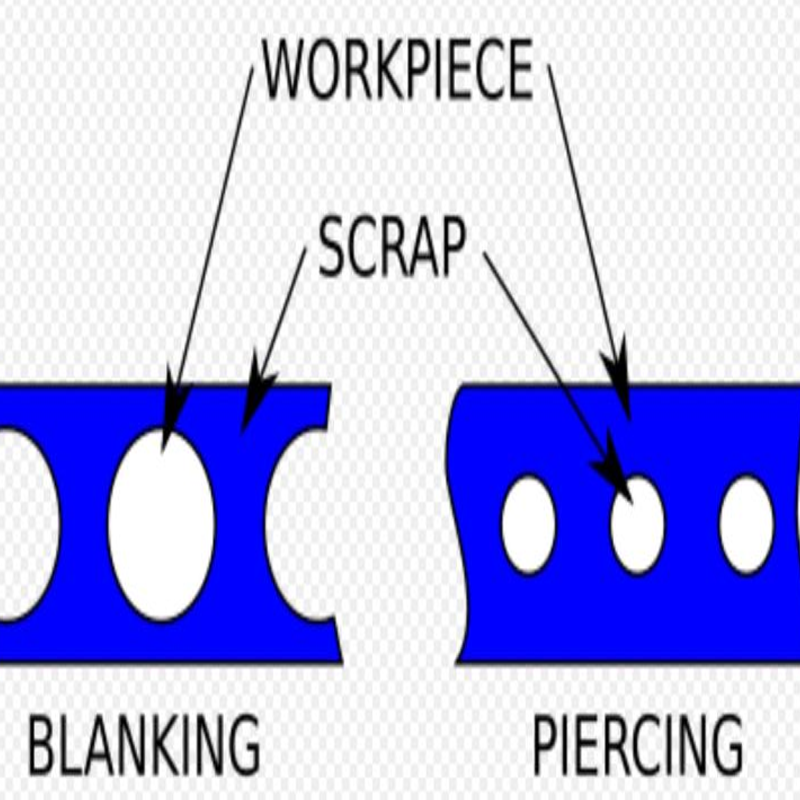
-
Minimal Material Waste
Blanking is designed to maximize material usage, reducing waste in the process. With the right setup, parts can be arranged on the sheet in a way that minimizes scrap. Additionally, our use of advanced nesting software ensures that material usage is optimized, which translates into cost savings for our customers.
-
Versatility
Sheet metal blanking can be performed on a variety of metals, including steel, aluminum, copper, and brass. This versatility makes the process suitable for a wide range of applications across different industries, from automotive components to medical equipment parts.
-
Low Maintenance
The punch and die tooling used in blanking operations are typically made from hardened steel, which is durable and resistant to wear. As a result, the maintenance requirements are low, ensuring that production remains uninterrupted and reducing downtime for repairs.
Types of Sheet Metal Blanking Operations
At Plantmetal, we offer different types of sheet metal blanking to cater to various needs and applications. Here’s a brief overview of some common types:
– Conventional Blanking: This method is used for high-speed, high-volume production of simple parts. It’s less concerned with edge quality and more focused on efficiency.
– Fine Blanking: Ideal for high-precision parts, fine blanking uses a counter-pressure mechanism to create parts with clean edges and minimal burring. This is especially beneficial in industries like automotive and electronics.
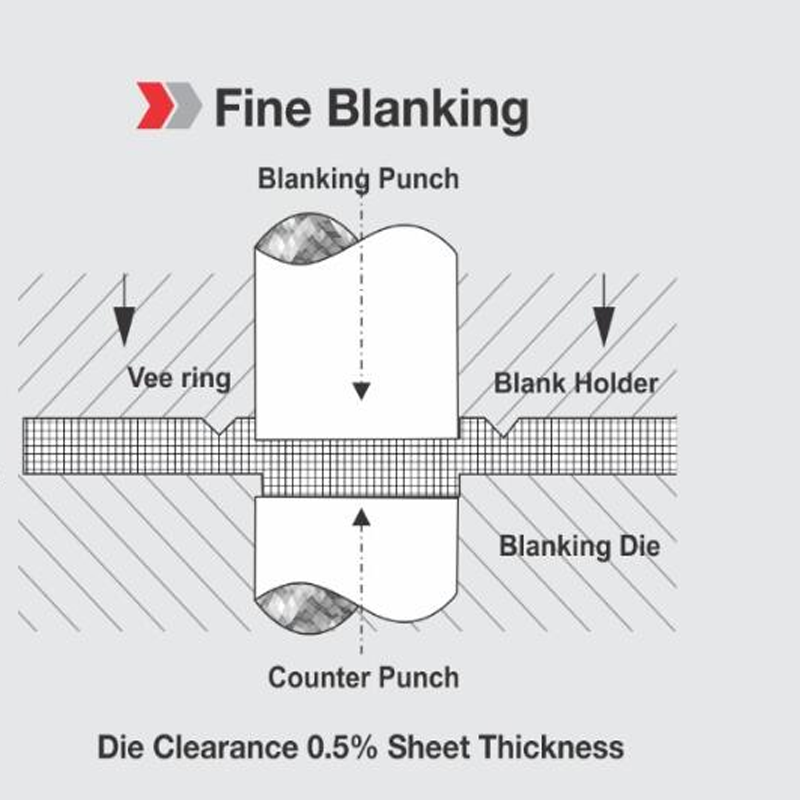
– Progressive Blanking: This method is used for more complex parts, where multiple operations are performed in sequence within a progressive die. It’s perfect for creating small, intricate components with high precision.
– Compound Blanking: In compound blanking, multiple operations—such as cutting and shaping—are performed in a single stroke. This method is used for parts that require precise alignment and dimensional accuracy.
Applications of Sheet Metal Blanking
The versatility of sheet metal blanking makes it suitable for a wide range of applications. Some common industries and components where blanking is used include:
– Automotive: Brackets, panels, and other metal components.
– Medical Equipment: Surgical tools, connectors, and housings.
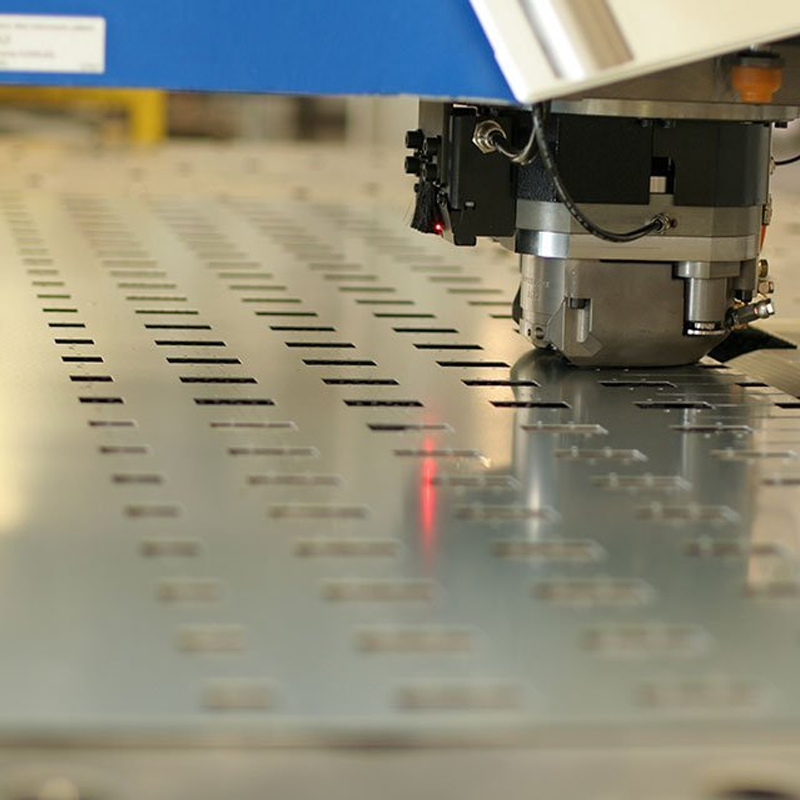
– Electronics: Connectors, enclosures, and shields.
– Aerospace: Brackets and structural components.
Why Choose Plantmetal for Your Sheet Metal Blanking Needs?
At Plantmetal, we specialize in providing tailored sheet metal blanking solutions that meet the unique demands of your industry. With over 20 years of experience, we are committed to delivering high-quality products, backed by rigorous quality control processes and cutting-edge manufacturing technology.
Our team works closely with you to ensure that every component is produced to your exact specifications. Whether you require high-volume production or specialized parts, we offer comprehensive OEM services to meet your needs. We can handle any project, no matter how complex, with precision and reliability.
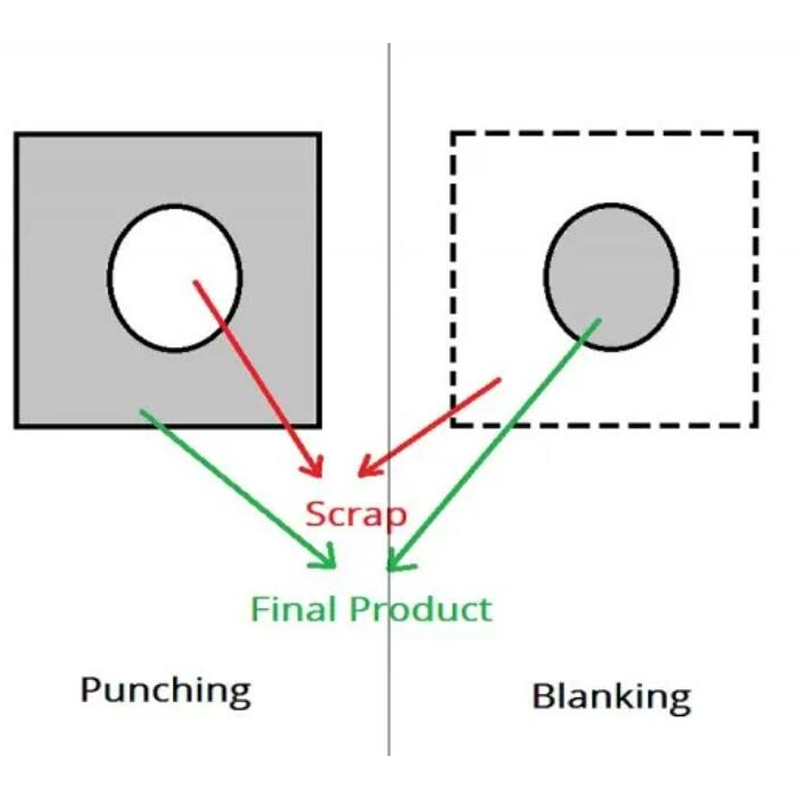
Contact Us Today for Your Custom Sheet Metal Blanking Needs
If you’re looking to streamline your manufacturing process with high-quality, precision metal components, don’t hesitate to reach out to us at Plantmetal. Our expert team is ready to assist you with your next project, from concept to production. Contact us today to discuss how we can help meet your specific needs and achieve your production goals. We look forward to working with you!
